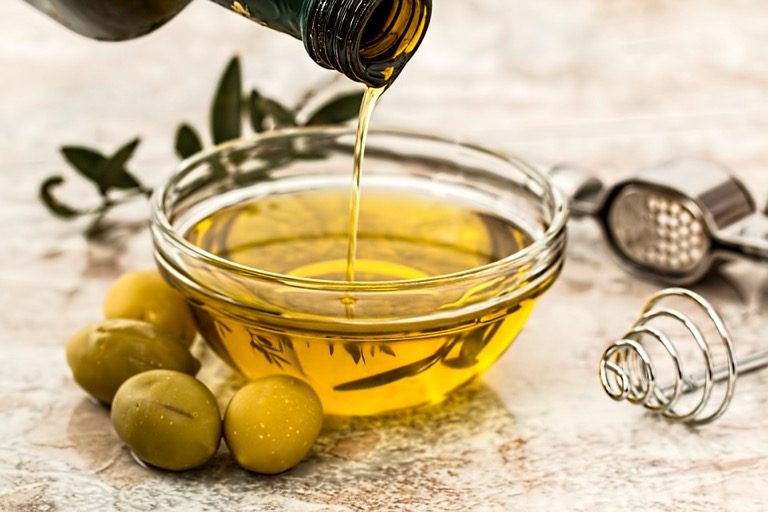The Complexity of Olive Oil
May 05, 2016 Science
After recently having an amazing garden salad, I asked the waitress what was in the dressing. She told me it was only Balsamic vinegar and extra virgin olive oil. I quickly realized I needed to buy better raw ingredients for use at home. Before buying anything, I did some research. I quickly realized that Olive oil is much more complex than I had previously thought.

First, a few important terms-
Free Oleic acid- The amount of free Oleic acid in an oil is used to quantify the amount of oxidation/transformation of the oil into free fatty acids. More oxidation leads to more free Oleic acid and a higher acidity which is an undesirable quality in olive oil.
Certified organic- There are multiple different organizations that certify organic products. They all have different regulations but basically restrict the use of chemical fertilizers and pesticides on the olives, olive trees and soil.
Smoke point- Temperature at which the oil will start smoking.
There are multiple techniques used to get the oil out of the olives and to change the composition of the oil once removed-
Solvent extracted olive oil- This method uses the chemical Hexane to extract the oil. Very effective, approximate 99% extraction. Because Hexane is poisonous, the oil has to be heated to a high temperature to evaporate it. This high temperature changes the flavor and nutritional content of the oil.
Centrifugation extracted- The olives are first crushed into a fine paste and mixed with water. The paste is then spun very quickly which separates it into 3 layers- oil, water, solids/pomace. Moderately effective at approximately 85% extraction. Lower nutritional content as many antioxidants are neutralized by the addition of water.
Mechanical or Expeller pressed/extracted olive oil- Uses any type of device to physically crush the olives. This can be the traditional screw press, a grinding wheel or any sort of industrial machinery. Less effective at approximately 70%. The machinery and friction used in many of these methods can create high temperatures which can change the flavor and nutritional content of the oil if active measures are not taken to prevent it.
Cold pressed olive oil- A subtype of mechanical or expeller pressed/extracted olive oil during which the temperature is never above 81.9 degrees Fahrenheit during oil extraction. Maintains the flavor and nutritional content of the oil.
Refined olive oil- Any grade of olive oil that is processed to remove free Oleic acid, colors, undesirable flavors and odors. Common processing methods include steam stripping, degumming, neutralization, bleaching and deodorization using various chemicals and high heat techniques. This creates an essentially colorless and flavorless oil. Higher smoke point allows for high heat cooking.
Unrefined olive oil- Not processed with the methods listed above. This means that a higher quality olive must be used. Lower smoke point.
Now that you know the science, there are 3 main types of olive oil-
Extra virgin olive oil- Unrefined oil with less than 1% free Oleic acid (less oxidized/younger olives). Typically has a darker color and more complex flavor. Lower smoke point.
Virgin olive oil- Unrefined oil with 1-2% free Oleic acid (more oxidized/ripend olives). Lighter color and flavor. Higher smoke point.
Regular olive oil- Refined oil with 3-4% free Oleic acid (quality of the olives less important given the refining process). Very little color or flavor. Highest smoke point.
In summary, you should buy an organic, cold pressed, unrefined extra virgin olive oil if you want the best nutritional value, quality and flavor.
This article was written by Erik Paulson
blog comments powered by Disqus